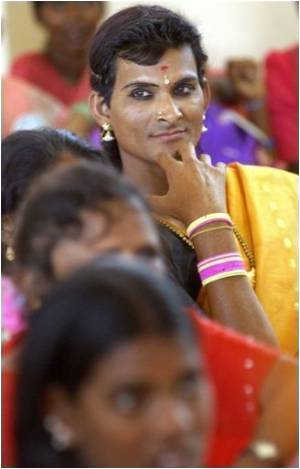
In the article titled "Service Utilization for Lifetime Mental Disorders in U.S. Adolescents: Results of the National Comorbidity Survey Adolescent Supplement (NCS-A)," Dr. Merikangas and colleagues examined the rates of treatment for specific mental disorders in the NCS-A. The NCS-A is a nationally representative, face-to-face survey of adolescents aged 13 to 18 years in the continental United States.2 Diagnostic assessment of DSM-IV mental disorders were measured using a modified version of the World Health Organization (WHO) Composite International Diagnostic Interview. The service questions for adolescents and parents were primarily derived from the Service Assessment for Children and Adolescents (SACA).
The authors examined rates of treatment for DSM-IV disorders, and correlated the severity, number of disorders, and comorbidity in a nationally representative sample of 6,483 adolescents 13 to 18 years old for whom information on service use was available from an adolescent and a parent report. Sociodemographic correlates were also evaluated. The NCS-A is a nationally representative, face-to-face survey of 10,123 adolescents aged 13 to 18 years in the continental United States.2 Diagnostic assessment of DSM-IV mental disorders were measured using a modified version of the World Health Organization (WHO) Composite International Diagnostic Interview.
The picture is more discouraging for those adolescents with anxiety, eating, or substance use disorders for whom less than 20% received treatment. 1 Furthermore, the investigators found that Hispanic and non-Hispanic Black adolescents were less likely than their White counterparts to receive services for mood and anxiety disorders, even when such disorders were associated with severe impairment. In the article, Merikangas and colleagues comment, "marked racial disparities in lifetime rates of mental health treatment highlight the urgent need to identify and combat barriers to the recognition and treatment of these conditions."
Reflecting on the lack of treatment for adolescents with severe mental disorders, Merikangas and colleagues state, "National shortages of mental health specialists for children remain widely prevalent. Recruitment, training, and promotion of child and adolescent mental health professionals remain leading priorities. Strains on available treatment resources are likely to grow as coverage is extended to large groups of currently uninsured American young people."
Source-Eurekalert















